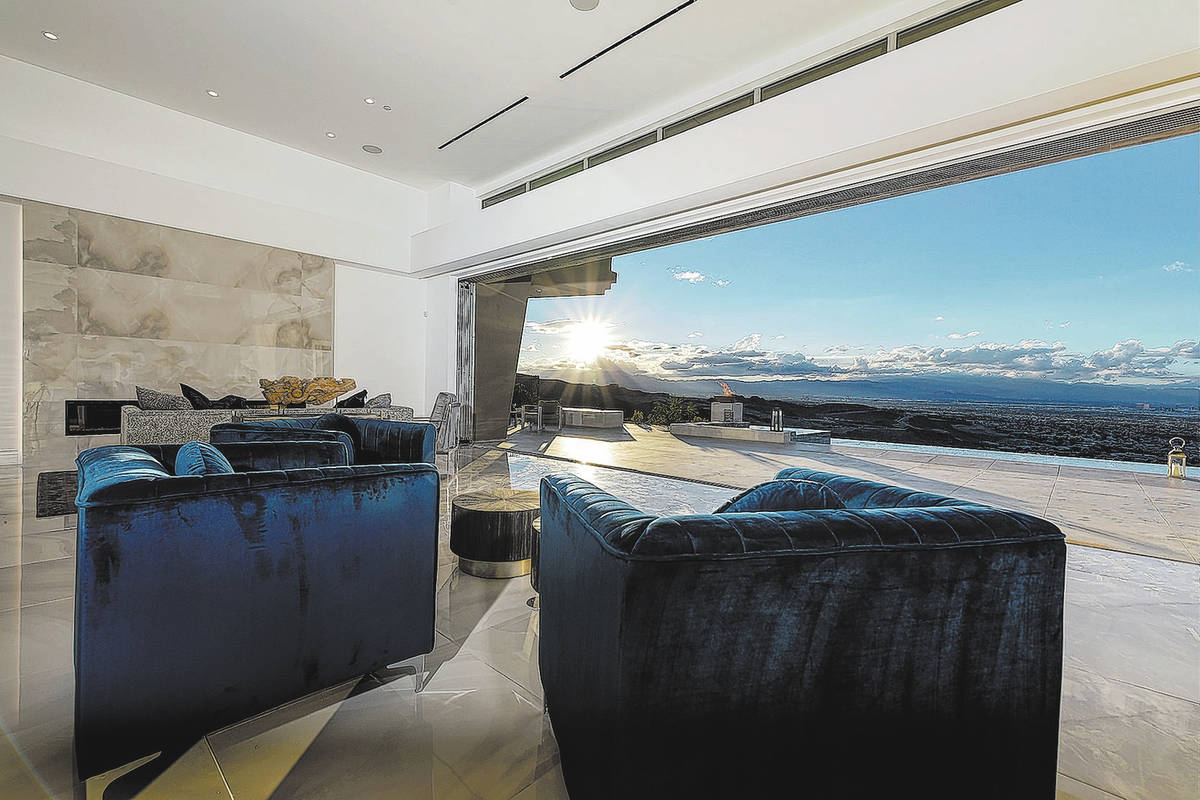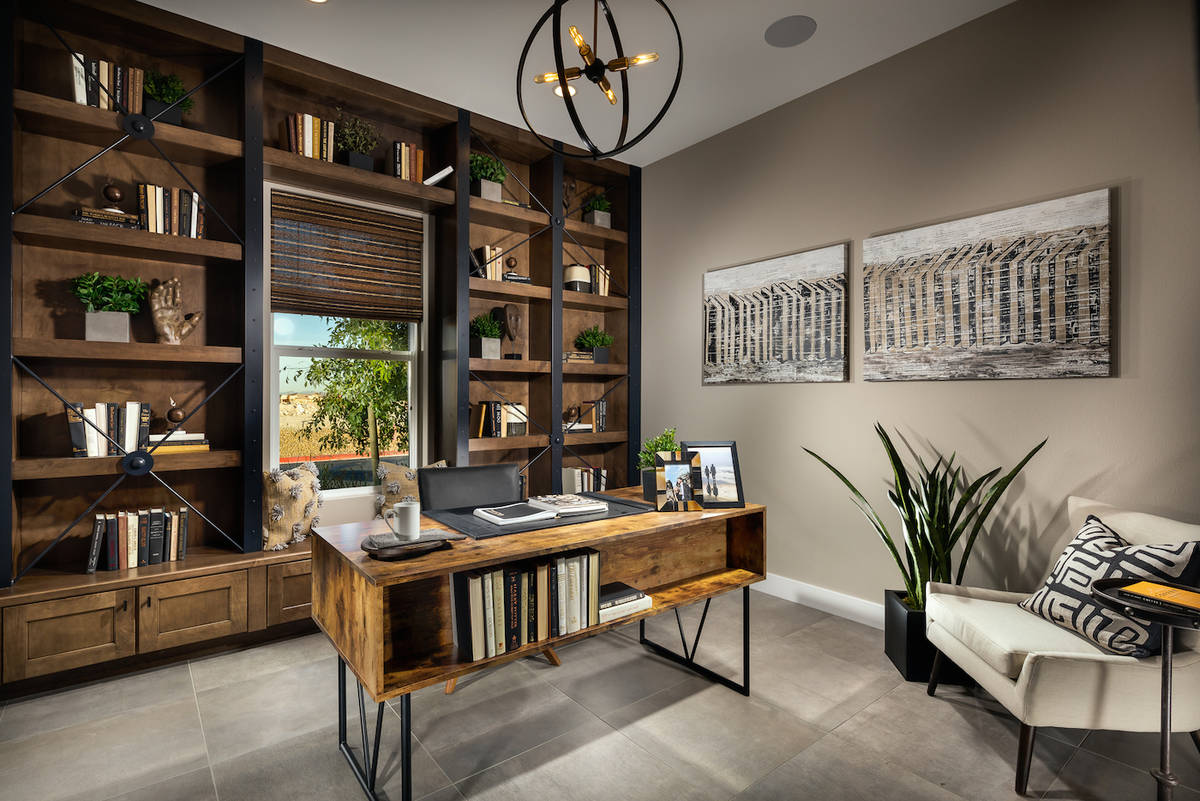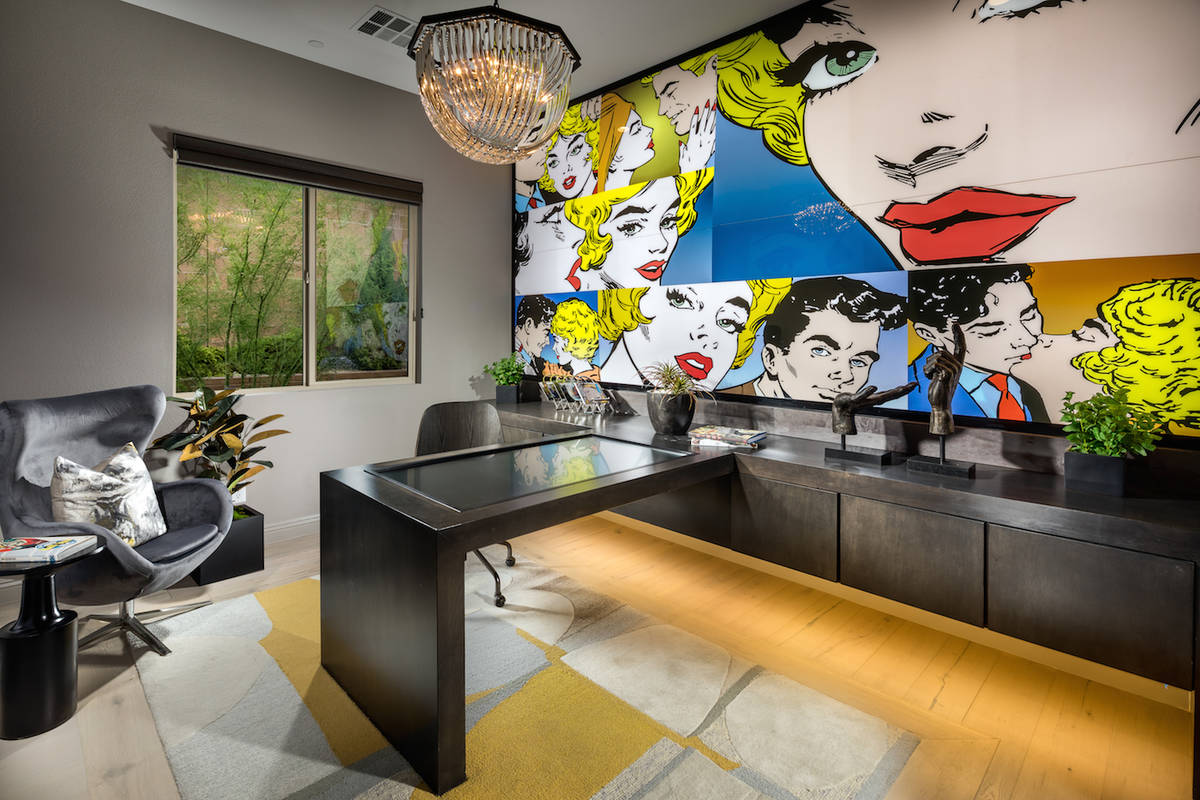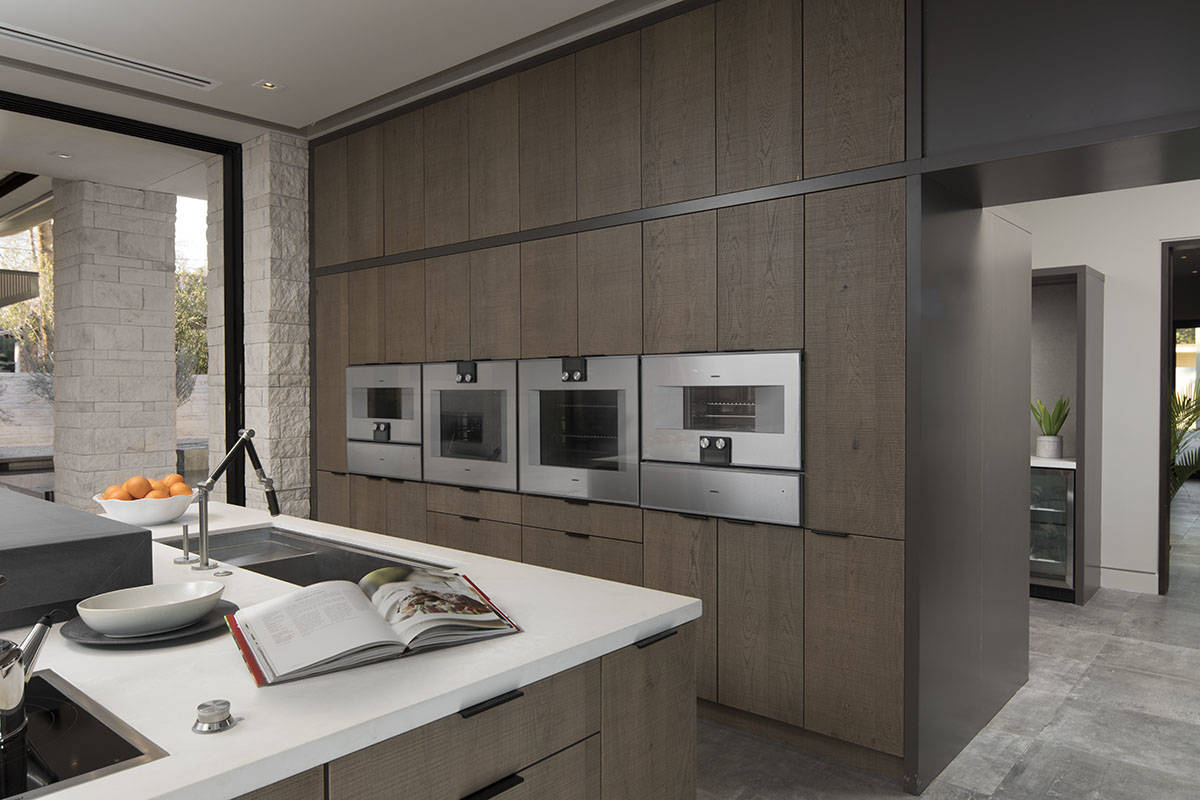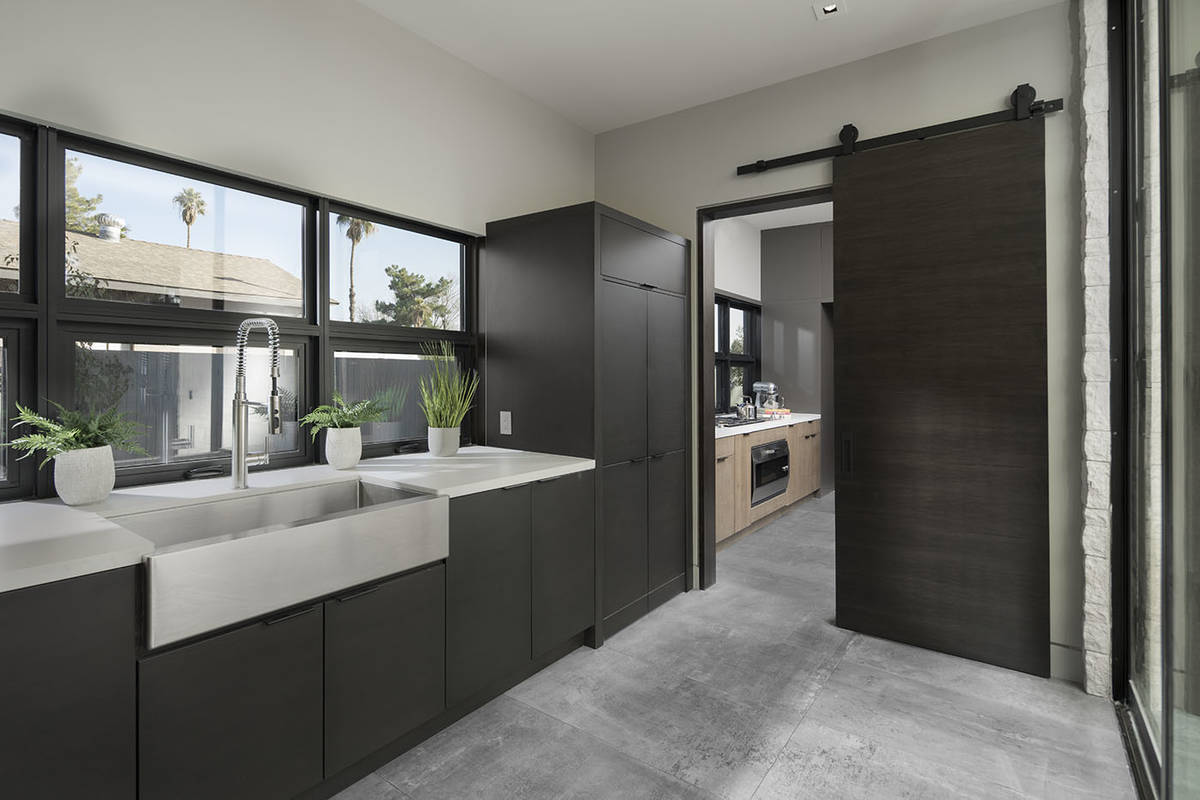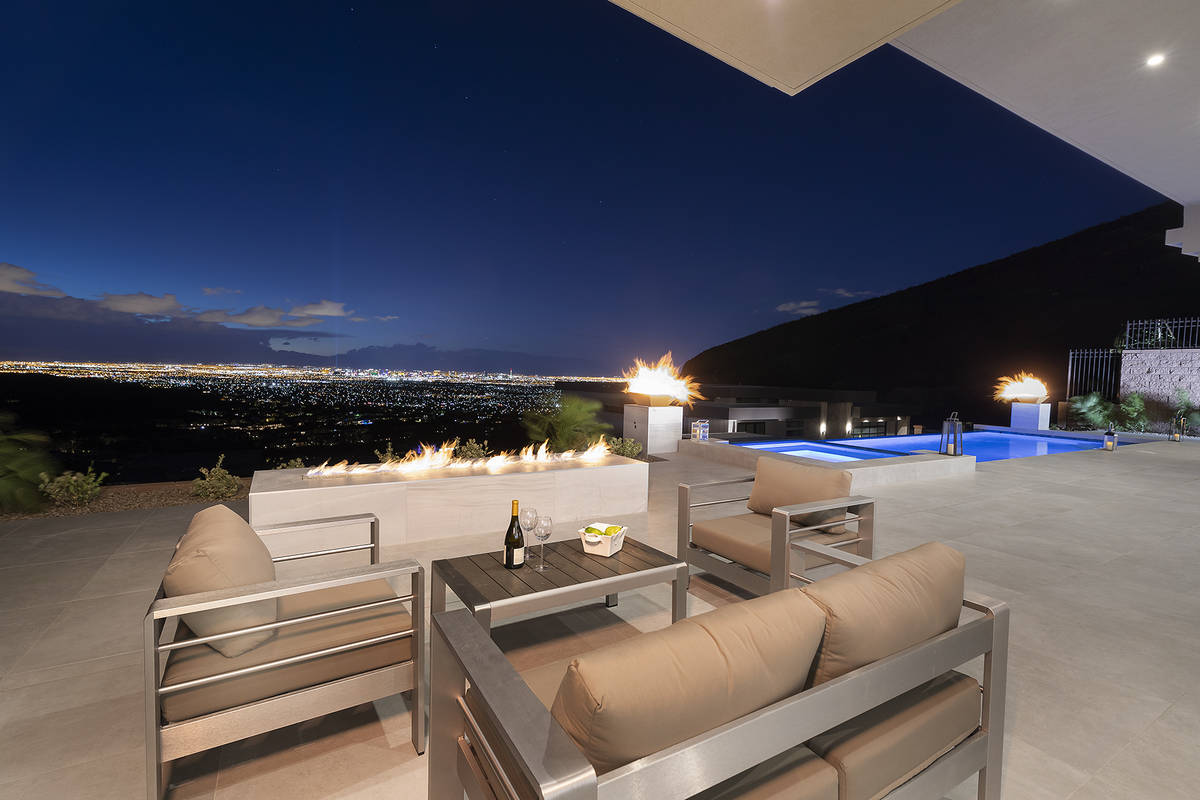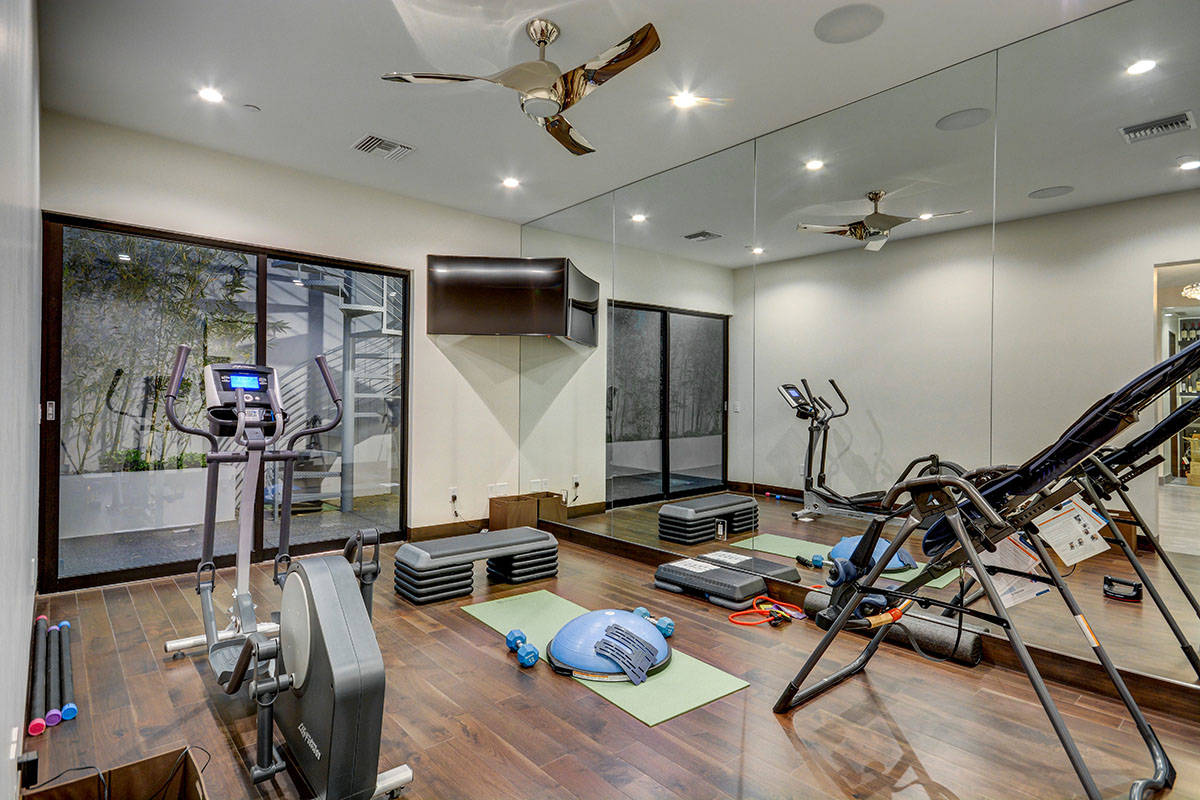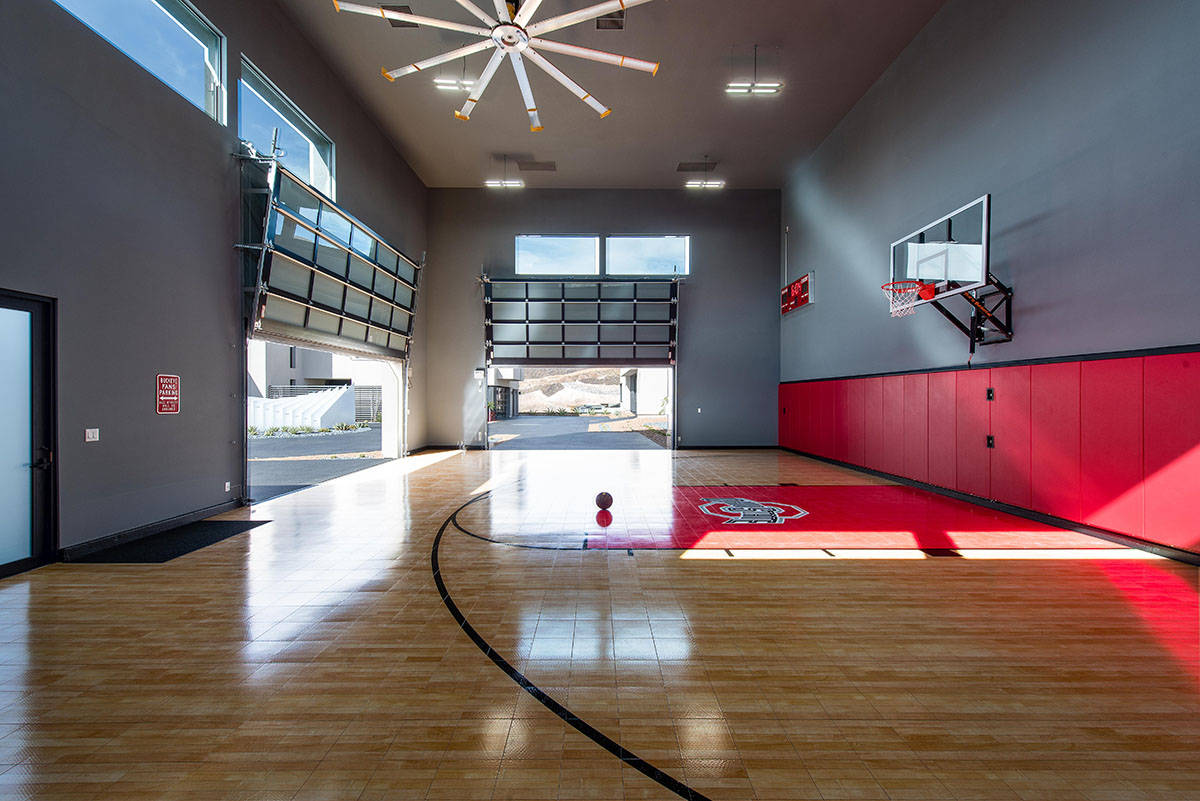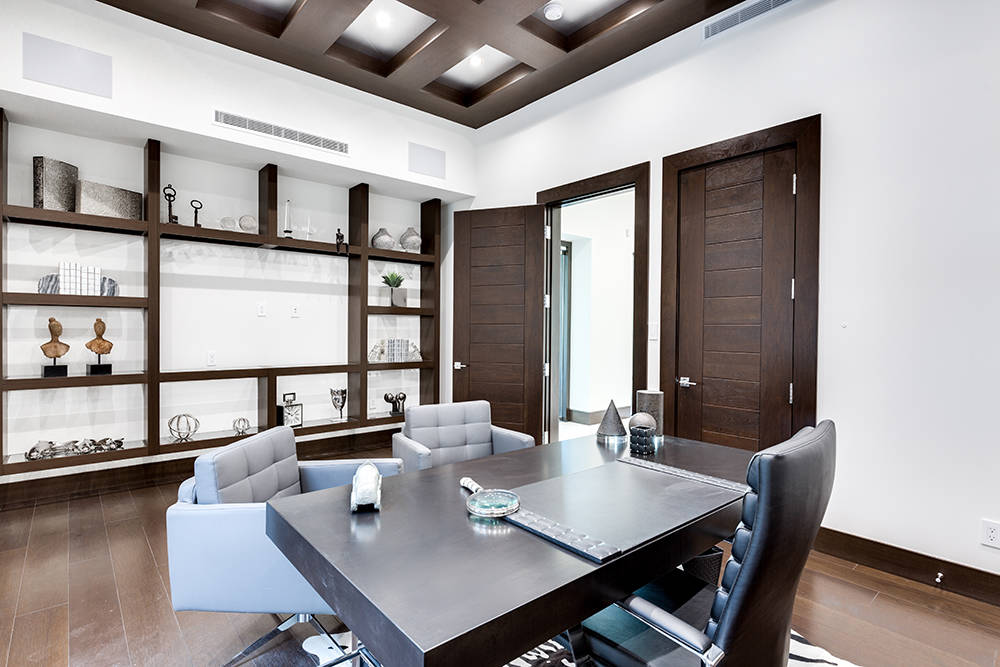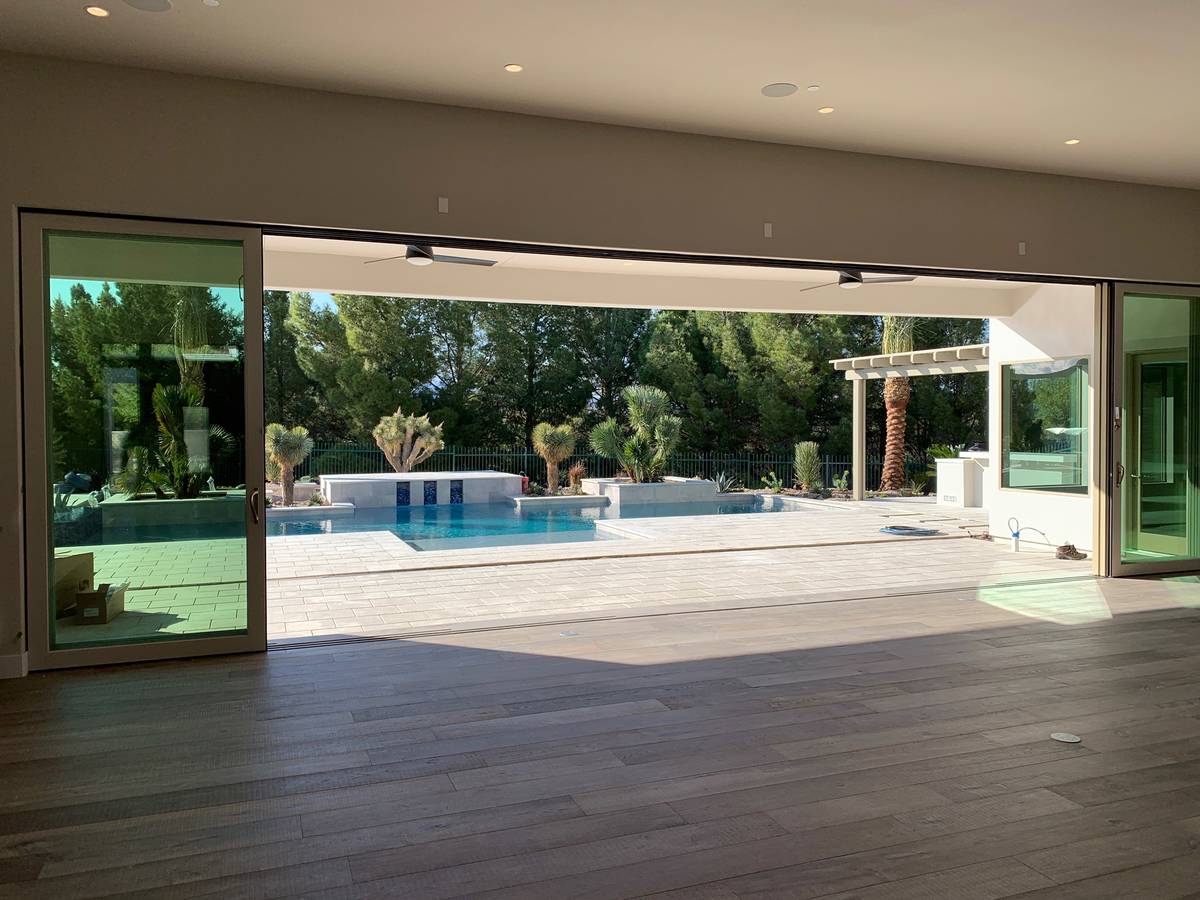Experts say the COVID-19 crisis will change the design of our homes
COVID-19 has changed how people live and work; and architects, consultants and housing executives are already taking that into account as they build the next generation of luxury and other homes.
With Americans spending so much time in their homes, apartments and condos over the last 2½ months, analysts said it could ultimately be a boon to the new-home market and even push more millennials from apartments into new homes and even build-to-rent homes.
Even for luxury buyers, the concept of new equates to healthier as people are expected to seek the latest air-quality systems that monitor and improve the air flow; desire home construction materials that don’t produce any gases and feature antimicrobial surfaces. Smart home technology will be en vogue with touchless controls on sinks and voice commands and motion-sensor lights along with higher energy efficiency in what is called eco-luxury.
“There will always be a market for resale homes, but right now new is being perceived as healthy,” said Ken Perlman principal with John Burns Consulting, who said some luxury buyers have been willing to pay a premium to speed up completion of their homes. “People are going to perceive health and wellness in a way we never perceived before, and builders recognize that.”
Buyers are expected to seek out more seamless transitions to the outdoors and oversized windows — something already popular in Las Vegas and seek out designated and more complete home offices. The need for two offices for couples and space for homeschooling has been brought on by the coronavirus. There’s expected to be a desire for redesign of kitchens to facilitate food storage and cooking, a desire for casitas and separate living spaces for family members and push for air-conditioned garages to be used as an office, gym or living space.
“People are spending more time in their homes than they ever have before,” Perlman said. “Just like the Great Depression influenced that generation, and the Great Recession influenced our generation, I think this will have a long-lasting impact on how people live. Right now, it’s all about health and everything from air purifications to touchless controls and when you hear the term healthy, new tends to relate to that. It bodes well for where the new-home market will be as we evolve out of this.”
Perlman said some of those trends were already taking place, but designers are now looking at these future designs “with hyperspeed.”
There’s even expected to be less interest in urban and high-rise living and more interest in suburban areas with more privacy and greater open space. The big winners from that will be master-planned communities considered to have safer and more controlled environments with a sense of community. Many offer schools that are close by, open space and parks along with retail for one-stop shopping.
Tim Sullivan, a housing analyst, consultant and senior managing principal with Meyers Research, said that desire has massive implications for the housing market if people move out of more urban and dense locations to areas with more space because of the coronavirus.
“There is a conscious and subconscious awareness of the need for more space just to be safe,” Sullivan said. “That will stick with us for a period of time. I think it becomes permanent if we are in this era of new viruses hitting us. That means we have to be very careful of clustering. Then it almost becomes a natural transition. I think the sensitivity to new households is toward a less-dense environment.”
Home offices/flex space
The design of home offices will be a big part of future designs as 87 percent of consumers are looking for one in their new home, and “it needs to move past being designed by builders as an afterthought,” Perlman said. Builders are already taking note. Colleen McCullough, division vice president of sales and customer experience at luxury builder, Toll Brothers in Las Vegas, said they’ve had conversations already that when they build model homes in the future, they’re going to create a functional office.
“People are working in their homes now, and that has definitely influenced us,” McCullough said. “It changes the merchandising. Instead of having a pretty place you typically see in a model home with a sterile environment, it will be a little bit more warm and showing there’s an actual office and (we) may be adding printers. These were not the kind of things we have done in merchandising in the past. They were just beautiful, which is great, but we also want to show them as functional because people are using them.”
Bill Ramsey, a principal at the Denver-based architectural firm KTGY Group who works with TollBrothers and other builders in designing homes in Las Vegas, predicts home offices will be “a little more prominent.” He has designed the Vu town homes in MacDonald Highlands for Christopher Homes and Toll Brothers’ luxury products and adult communities in Summerlin as well.
“Working from home has already been a growing trend across the country, and this just puts the pedal to the medal for that,” Ramsey said. “People have been sitting on their kitchen islands or their couch with their laptops or in their den. I wouldn’t be surprised to see a true dedicated home office designed with luxury homes. They are mostly a den space or reading space, but I’m thinking now almost a commercial-level office with a desk.”
Las Vegas luxury architect Richard Luke said many times the home office has been an extension of the kitchen with a desk and a computer. That won’t be the case any longer as more people work from home, he said.
“They will want a larger office with a couch where they can maybe relax,” Luke said. “I’m incorporating TVs and libraries and office storage in the same room. A lot of people share offices, but if you have a couple who both work and they have to stay at home conducting business, they will want more privacy. I can see that being more prevalent.”
Nicole Bloom, division president at Richmond American Homes in Las Vegas, said the pandemic has shown the importance of a home office. Richmond American has a plan where a room can be made into a miniature board room in multimillion-dollar homes, she said. Equipping offices also will be at the forefront.
“I think people will be looking at whether they have all of the technology that they need to have for, not only one person, but multiple people or college-age people working from a home,” Bloom said. “People will take a second look at how they design the home.”
Sullivan said he expects more creative uses of home space, including bedrooms.
“I think we will see the more creative use of bedrooms, including the use of a whole series of Murphy beds that can fold up and push away and convert that room into a refuge and office,” Sullivan said.
Multigenerational living
Perlman said Pardee Homes and Lennar have been at the forefront of multigeneration homes with separate entrances, and other builders in Las Vegas are starting to focus on that more. It not only helps with affordability for some, but more people will want their parents close by, yet still give them their space.
“When we look at the older population and health impact (the coronavirus) is having on them and some of the isolation and social distancing they are being asked to take, having that multigenspace and at least being able to provide services to your loved ones close by will be helpful,” Perlman said. “There also will be kids who will be dealing with the economic fallout from this and need to be at home. There will be a lot of that multigen space going forward. Everybody is going to re-examine family being close and having interaction and what they hold most important to them.”
Ramsey said there’s already been conversations with builders on incorporating multigen with new projects.
“We’re seeing they’re leaning toward co-living and multigen with an in-law suite and a big rise in interest to give people their own space,” Ramsey said. “It even helps a lot with affordability in addition to family situations. Those went from relatively popular to now very popular, now. People don’t want their grandparents in a home where there’s more danger to be exposed to the virus, and it’s bringing people together.”
Sullivan said the utility of the garage could change, too. A detached home with a two-car garage has about 400 square feet and if society becomes less dependent on multiple vehicles or has a vehicle parked outside, half of a garage could serve not only as the workout facility but a room where someone can live, he said.
“I think the garage will be a fantastic opportunity without shifting a whole lot of things,” Sullivan said. “The garage could be the place that really changes how we live. If you drive around Las Vegas or Phoenix there are already a whole bunch of people who don’t use their garages for cars. They use them for storage. People will look at it and say it’s the cheapest space we have because we don’t have to add, but the promise of the utility of that is fantastic. Existing homes will be adapted, but also for new homesbuilders (there) will give an option where a two-car garage can be turned into a one-car garage with the man cave or workout facility, at-home office or grandmother suite.”
Other features
With more people cooking from home during the lock down that will place a greater emphasis on pantries for food storage and front porches for deliveries. Sullivan said kitchen size and utility will be re-evaluated with many people staying at home, but there’s a need for different light fixtures and electrical plugs because of that.
“The kitchen is an opportunity to make it more than just the food palace but the cockpit with foodservice, cocktails and family environment,” Sullivan said. “ Cabinets will be more flexible. It’s easy to say kitchens will get bigger but I think first kitchens become more utilitarian. That even works for a small kitchen.”
He also said space can be used for many purposes. He gave an example of a fold-down dining room table coming out of the room’s wall.
“When it’s not being used, it is folded up and used as a gathering area to do your homework or have a family meeting or watch TV, there,” he said.
Ramsey said the next big sustainability effort in housing is an automated system that monitors and improves the air quality throughout the day. That was showcased at the multimillion project of Woodside Homes during the Consumer Electronics Show and International Builders’ Show in January in Las Vegas and will become more widepsread.
“It also has a system built into it to monitor the health of people within the home,” Ramsey said. “I think sustainability will be a big, big thing on the other side of this.”
Luke agreed that air quality will be important with luxury buyers wanting ultraviolet lights to sterilize the air. He said he expects luxury buyers to focus more on exercise and meditation areas because people were cooped up in their homes and couldn’t go to the gym. Expect renovations for those who don’t build new, he said.
“There is always a room that is a flex room where people use it for different reasons,” Luke said. “In a lot of communities I design in, there’s a gym as part of the association so a lot of people don’t have a home gym.
Now, they’ll probably bring some exercise equipment back and have a mini-gym in their house,” said Steve Bottfeld, a consultant to builders and a former Las Vegas resident. He said the pandemic has prompted older generations to use more technology than they have in the past for communications and sees a trend where more will want additional technology in their homes and built into them.
“Merchandising is going to become critical for the future of housing, and they are going to build in things that weren’t built in before,” Bottfeld said. “The windows will be larger and the sense of indoor and outdoor relationships will change as well. The outside will be much more welcomed because people won’t get out as much as they did.”
Bottfeld said because there may be a greater reluctance for people to do high-rise living and more of a desire for a single-family home, the way homes are built will change with more prefab construction to reduce costs and make them more affordable. He said triplexes and duplexes won’t be as popular and even single-family homes will look different on the outside.
“I think you will see the return of front-porch America because being able to socialize is crucial to the term neighborhood,” Bottfeld said. “How many people know their neighbors in a suburban environment? That is about to change because it becomes important for your safety to know who you are around. Front-porch gatherings will be the way people socialize talking to each other from front porch to sidewalk.”
Sullivan said it remains to be seen what is temporary and reactionary for two years of design and what becomes permanent. Home sizes flow with the economy and that has trended downward because of affordability and because of senior downsizing but that can still work with the right design even with a desire for more space.
“You can live in a 1,400 to 1,600 square-foot home with high ceilings that can feel really big,” Sullivan said. “A bedroom with Murphy beds and smart utility closest, you can use one room three different ways in one day and that’s what we will see more of.”



